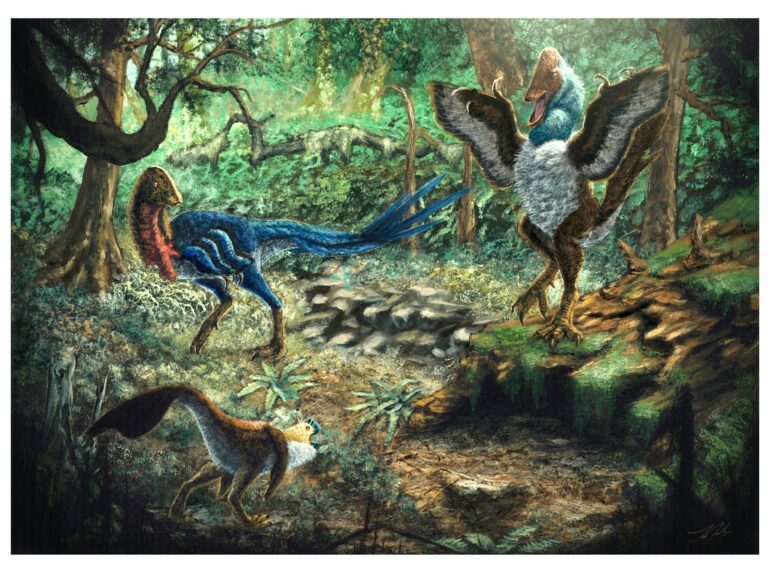Were dinosaurs already on their way out when an asteroid hit Earth 66 million years ago, ending the Cretaceous, the geologic period that started about 145 million years ago? It’s a question that has vexed paleontologists like us for more than 40 years.
In the late 1970s, debate began about whether dinosaurs were at their peak or in decline before their big extinction. Scientists at that time noted that while dinosaur diversity seemed to have increased in the geologic stage that spanned 83.6 million to 71.2 million years ago, the number of species on the scene seemed to decrease during the last few million years of the Cretaceous. Some researchers have interpreted this pattern to mean that the asteroid that struck the Gulf of Mexico was simply the final blow for an already vulnerable group of animals.
However, others have argued that what looks like a decrease in the diversity of dinosaurs may be an artifact of how hard it is to accurately count them. Fossil formations might preserve different dinosaurs more or less often based on factors like their favored environment and how easily their bodies fossilized there. The accessibility of various outcrops could influence what kinds of fossils researchers have so far found. These biases are a problem because fossils are what paleontologists must rely on to conclusively answer how healthy dinosaur populations were when the asteroid hit.
At that crucial moment, what was really happening to dinosaur diversity? Discovery, identification and description of new dinosaurs provide vital clues. This is where our work comes in. Close examination of what we’d thought was a juvenile specimen of an already known species of dinosaur from this time period revealed that it was actually part of an adult from a completely new species.
Our work focusing on the life stage of our specimen demonstrates that dinosaur diversity may not have been declining before the asteroid hit, but rather that there are more species from this time period yet to be discovered – potentially even through reclassification of fossils already in museum collections.

Kyle Atkins-Weltman holds the femur of the new dinosaur as it was received, with the other fossils in the background.
Kyle Atkins-Weltman
Clues inside the bones of a birdlike dinosaur
Our new study focused on four hindlimb bones – a femur, a tibia and two metatarsals. They were unearthed in South Dakota, in rocks of the Hell Creek Formation, and date to the final 2 million years of the Cretaceous.
When we first examined the bones, we identified them as belonging to a family of dinosaurs known as the caenagnathids – a group of birdlike dinosaurs that had toothless beaks, long legs and short tails. Direct fossil and inferred evidence indicates these dinosaurs were covered in complex feathers, much like modern birds.
The only known species of caenagnathid from this time and region was Anzu, sometimes called the “chicken…



